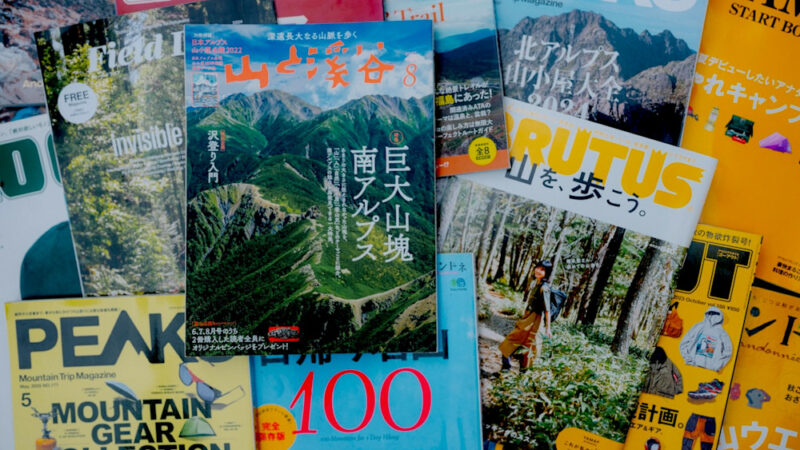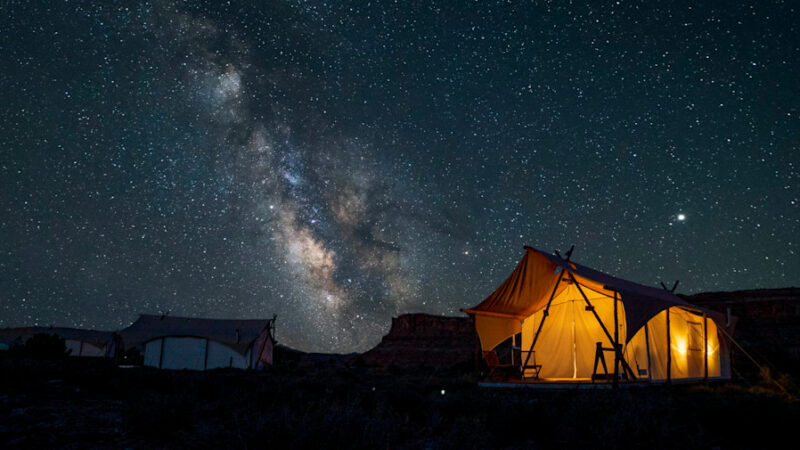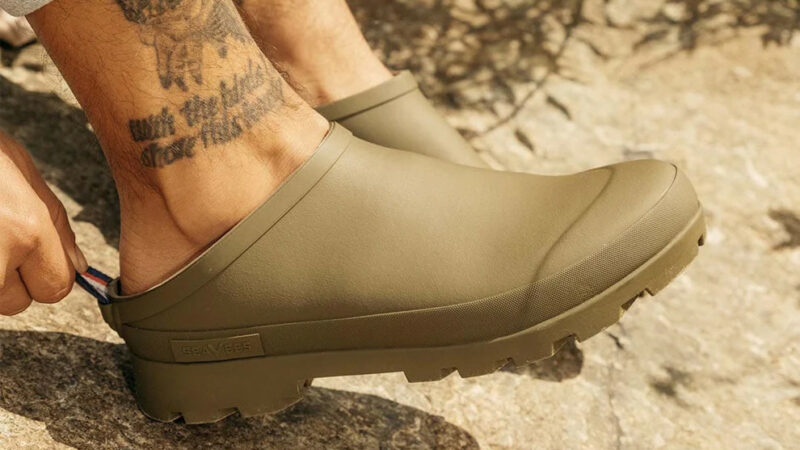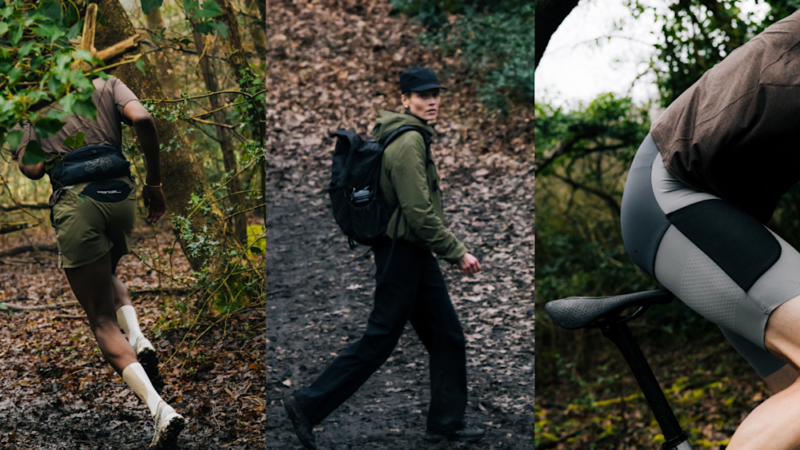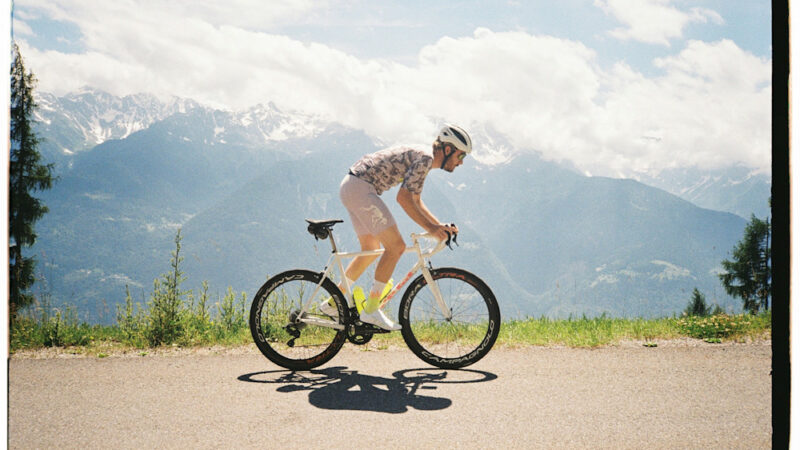Essential Hiking Gear for Beginners: A Comprehensive Checklist

The basics of hiking shoes
Understanding the different types of hiking shoes may seem complicated, but knowing which will serve you best depends on both the type of hiking you plan to do as well as your body’s need for support when you walk. I could get deep in the weeds on the specifics of hiking footwear, but there are three basic categories worth looking at for your first pair of hiking kicks.
Trail Runners
Don’t let the category name fool you, trail running shoes make fantastic hiking footwear due to their light weight, ample tread, and trail focused support. Even though they may look flimsy compared to the heavily supported boots below, many Appalachian Trail hikers choose trail runners to hike the entire north to south span of our country in them due to their light weight and breathability.
Light Hikers
If you are looking for some more support than a trail running shoe but don’t quite need a boot, a light hiker is a fantastic choice. A bonus is that many brands, like Vasque, have whole categories of light hikers that pull double duty as handsome around town shoes when you aren’t using them for a day hike.
Hiking Boots
For those that crave maximum support or need it due to mobility concerns, hiking boots offer the most ankle support, stiffest outsoles, and often the most grip for the trail. While a heavy duty hiking boot is a fabulous option for those who need the extra support, they are heavy, have a tendency not to breathe well, and need some serious breaking in (more on that below). I would suggest starting with something lighter for your first pair if you don’t think you will need the support.
Fit
It is worth noting that feet have a tendency to swell on long hikes so it might be worthwhile to lean towards sizing up your hiking boots if you are between sizes or are planning some ambitious hikes.
I highly suggest trying on your first set of hiking footwear and walking around in them before taking them out to the trailhead. This doesn’t have to be ambitious—just around your block or one of those cool obstacle courses they have at REI, just make sure you get some steps in so you can find any major rubbing points or sizing issues before committing to having them out on trail.
Breaking in
ALWAYS break in new hiking footwear. Regardless of what the company may claim in terms of break in time, you will be more comfortable if you walk around in them for a few days and as many miles as your schedule will allow so that the shoe can mold to the unique contours and pressure points of your feet before you put in a longer hike. A proper break in period will lead to less blisters, hot spots, and a generally much more comfortable hiking adventure.
Source: https://www.fieldmag.com/articles/essential-hiking-gear-for-beginners

